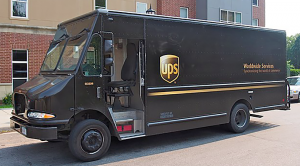The COVID-19 pandemic is a psychological, cultural, and—regrettably—political event as well as an epidemiological cataclysm. It also changed the wine world. Examples:
• Wine with to-go meals. Enjoying the safety of picking up or delivery of a meal from your favorite restaurant was existential survival strategy in 2020 for you and the restaurant. Relaxing troglodytic alcohol rules about including wine with to-go orders did not beget an apocalypse. Wine pairing in your to-go order is what sanity looks like. In many states, here to stay.
• Shift to e-commerce. The ability to review, compare, discover wine in the convenient comfort and pace of your own environment is here to stay. Online purchase of wine rocketed up in 2020. Trend continues.
• Virtual wine tasting. If you can’t zoom over to an in-person experience, Zoom to a virtual tasting. In-person tasting remains an enriching experience, but in past year I have engaged in virtual tastings with, literally, people around the world. People I could never meet or sip with otherwise. Phenomena will not go away. That is a fun, good thing.
Other changes began before the pandemic tribulation, gained momentum during it, and will continue after it. Examples:
• Sparkling sparkles. Prosecco—tasty, joyous, affordable, lower alcohol—has enjoyed bubbling-over market success for several years. Sparkling wines in general—“champagne” not made in Champagne—with their fun and food-friendly qualities surge well past their New Year and weddings niches.
• Rise of rosé. Days of sweet pink plonk are well in our rearview mirror. Today’s rosés typically are dry, wonderful food wines, fresh, refreshing, fun. What is not to love about that? Rosé is a year-around pleasure.
• Cans, boxes. Wine bottles we recognize today did not appear until the early 1800s. Now there are more options. Boxed wine, actually wine in a bag encased in a box, allows wine to be open for a month or more and no longer is dreadful dreck your first cousin, once-removed served at his third wedding. Cans—if beer and hard seltzer can do it, why can’t wine? Canned wine offers single-serving convenience, environmental feel-good, poolside and boat safety. Wine does not age well in aluminum, but you bought the can of wine to devour today, not at your first cousin, once-removed’s 20th wedding anniversary. As if that could happen.
Last round: Did you hear about the grapes that did not want to be made into wine? Didn’t matter, they were still pressed into service.


